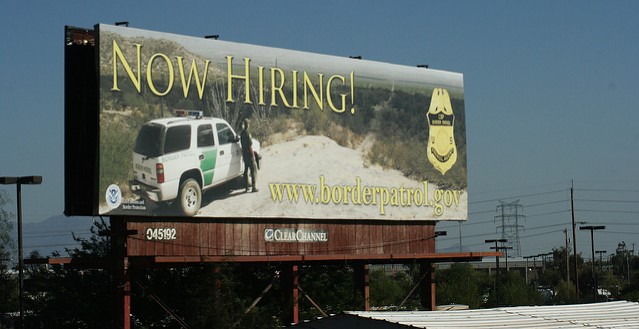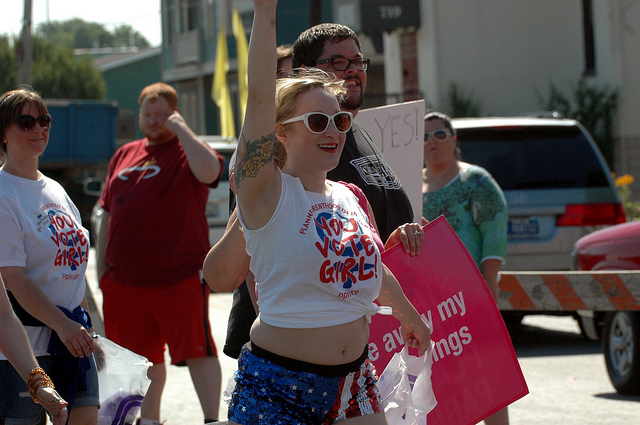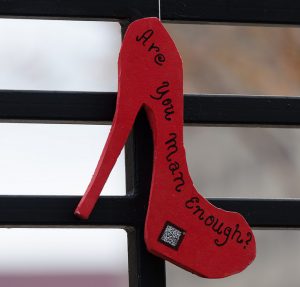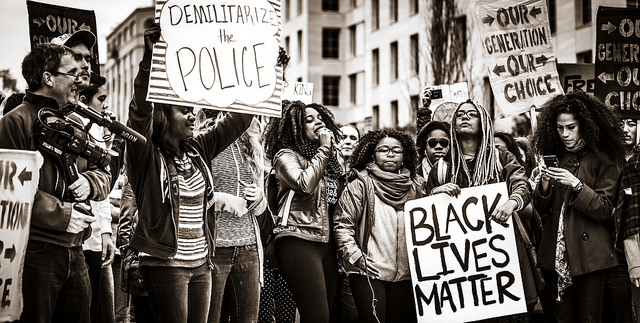
Since his time in office, President Trump has put in place a travel ban on Muslim immigrants from seven different nations in the Middle East, has increased the number of border agents at the Mexican border, and has high hopes of building a new wall at the US-Mexican border. Despite all of this attention being paid to immigrants, Trump has yet to fully address the issue of businesses and individuals who keep hiring illegal immigrants. A recent article in the Huffington Post looks to sociologist Tanya Golash-Boza to explain this disconnect.
In her research, Golash-Boza explains that Trump dumping more resources into border patrol is a complete waste of resources, as the average border agent apprehends about only two people a month. She states, “it’s like pouring money into a sieve…They’re mostly just sitting there.”
Golash-Boza has written extensively on the “immigration industrial complex,” which refers to the revolving door of business practices, law enforcement tactics, and cheap labor from immigrants of color. Businesses hire illegal immigrants and pay them a cheaper wage, but before they can make a respectable income, the immigrants are dismissed or reported to law enforcement (where border patrol, prison systems, and local law enforcement all benefit). Meanwhile, businesses simply replenish this cheap labor force with new immigrants.
For more on the immigration industrial complex, check out this TROT on for profit prisons and immigrant detention rates.









